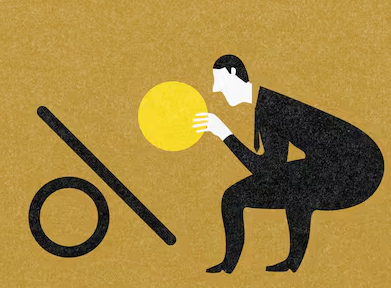The 401(k) has transformed American retirement over the past 50 years. Employees were able to store pretax savings in this new account, which they could then invest like any other fund. Traditional pension systems, which have largely vanished, were replaced by this innovation, which gave workers more control and reduced their exposure to market volatility. The outcome greatly exceeds what was anticipated for what was viewed as a supplementary investment vehicle rather than a solid basis for financial planning. Although they provide a huge source of capital for the market today, 401(k)s might not be sufficient to support the next generation as they mature. This is the breakdown.
13 B.C.
After 25 years of service, Caesar Augustus established tax-funded pensions for Roman soldiers that lasted 13 years. In areas that were captured, this took the place of land gifts. Until the middle of the 19th century, when several American cities established funds for teachers, police, and firefighters, pensions were mostly military-specific. In 1875, American Express established private pension plans. Germany began paying its inhabitants to retire at age 70 by the late 1880s. Forty-five percent of private sector employees in the United States had pension plans over a century later.
The unintentional nest egg

Section 401, paragraph (k) of the U.S. Internal Revenue Code was added by the Revenue Act of 1978, allowing employees to postpone bonuses and stock options as forms of remuneration. Ted Benna, a benefits consultant, created a program for a client bank the following year after realizing it might be used for retirement savings. Uncertain of its legality, the bank rejected it. With the help of tax benefits for employers whose matching funds encourage voluntary contributions, the program eventually gained traction overseas.
A third of GDP
The amount of money that Americans currently have in their 401(k)s contributes $9 trillion to the investment sector. There are over 70 million people who prefer these accounts. 401(k)s give employees the freedom to invest however they see fit, in contrast to pensions, which typically need years to vest and are overseen by employers. The majority rely on “target-date funds,” which are diverse portfolios constructed according to an employee’s retirement objectives and age. Approximately 50% are unaware of their financial investments.
“Leakage” on rainy days
In hard times, 401(k) accounts have become an alluring resource. In 2024, a record 4.8 percent of account holders took hardship withdrawals from their 401(k)s, up from roughly 2 percent prior to 2020; individuals under the age of 59.5 were subject to a 10-percent tax for doing so. The Wall Street Journal claims that Congress has progressively facilitated access to these monies, including by granting a tax-free year under the CARES Act during the COVID-19 pandemic.
57% lagging

According to a 2024 survey, almost half of Americans believe they are behind on their retirement savings. The nation’s largest 401(k) manager, Fidelity Investments, reported average contributions of $8,800 in 2024, much below the $23,000 ceiling ($30,500 for individuals over 50), and less than 3% of 401(k) accounts are worth at least $1 million. According to others, the 401(k) disproportionately helps investors with higher incomes, leaving the majority unprepared for retirement. Though little government action has been taken, there have been indications of bipartisan cooperation in this problem.
Gen Z surpasses Gen X
According to the Investment Company Institute, Zoomers currently have three times as much money in 401(k)s as Gen Xers did in 1989. According to financial services company Empower, Americans in their 50s, when balances typically peak, have a median balance of $249,136. Compared to 25% of millennials, almost 50% of baby boomers with Fidelity accounts made financial decisions in 2023.
24.9 billion in lost wages
As of 2023, a quarter of all 401(k) funds, or $1.7 trillion, were in forgotten 401(k)s. That’s how many average incomes they were. Most happen when a worker switches employment and forgets to “roll over” their amount into a new retirement account. To locate missing savings, the Department of Labor has developed a searchable database. When changing jobs, the AARP advises employees to combine their accounts “just as you would clean out your desk.” Approximately one-third of job changers opt to liquidate their 401(k)s instead, according to the Journal.